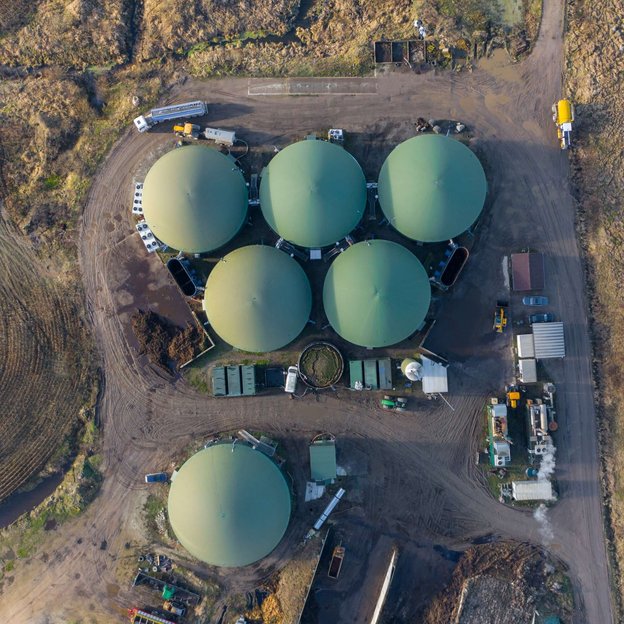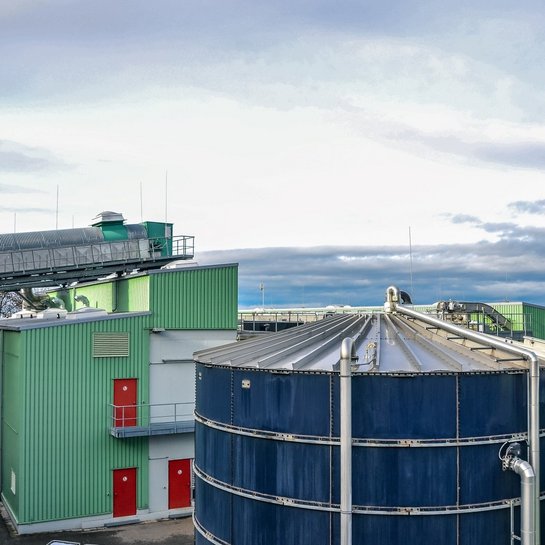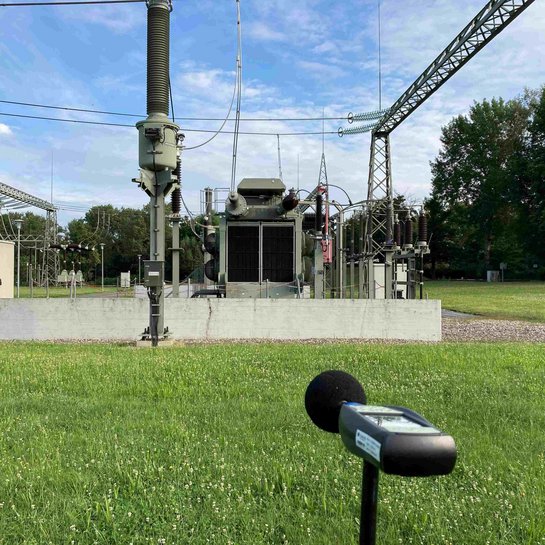TÜV NORD UMWELTSCHUTZ
Odour measurements
Odor measurements are used to determine the concentration of odorous substances in the air, often through olfactometry, which employs the human nose as a sensor. Samples are collected in odor-proof bags and analyzed in the laboratory to evaluate the intensity and frequency of odors, helping to prevent nuisances.





